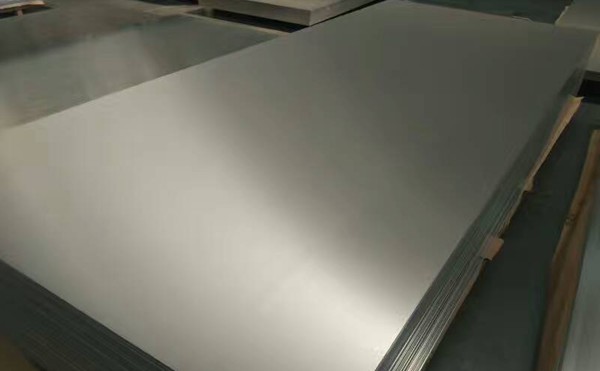The 5052 aluminum alloy is widely appreciated for its exceptional strength, formability, and resistance to corrosion, making it a preferred choice across various industries. Two common tempers of this alloy, namely H34 and H32, stand out for their unique properties and applications.

5052 H34 Temper:
The H34 temper involves strain-hardening and partial annealing, enhancing the alloy’s strength while maintaining good formability. In this state, the alloy reaches a stable condition, making it suitable for applications requiring higher strength than H32 but without sacrificing formability. The H34 temper offers a balance between strength and workability, allowing for versatility in applications.
5052 H32 Temper:
On the other hand, the H32 temper undergoes strain hardening but without subsequent annealing. It retains excellent formability, making it ideal for applications that demand intricate forming processes. The H32 temper provides moderate strength, making it suitable for components where formability is critical, such as in automotive panels and architectural applications.
Comparative Analysis:
When comparing 5052 H34 and H32, the key difference lies in their mechanical properties. H34 offers higher strength compared to H32 due to the partial annealing process, making it suitable for applications that require a stronger material. Conversely, H32 prioritizes formability without compromising strength, making it ideal for applications where intricate shaping is essential.
Applications:
- 5052 H34: This temper is commonly used in structural components, including shipbuilding, aerospace applications, and pressure vessels. Its enhanced strength makes it suitable for critical applications that demand resilience and stability.
- 5052 H32: This temper is widely utilized in applications requiring intricate forming, such as automotive panels, architectural components, and general sheet metal work. Its excellent formability makes it an ideal choice for applications where shaping and molding are crucial.
In conclusion, the choice between 5052 H34 and H32 tempers depends on the specific requirements of the application. If strength is a priority without compromising formability, H34 is the preferred temper. Conversely, if intricate shaping is needed while maintaining moderate strength, H32 becomes the temper of choice. Both tempers showcase the versatility and adaptability of the 5052 aluminum alloy, making it a staple in a diverse range of industrial applications.
